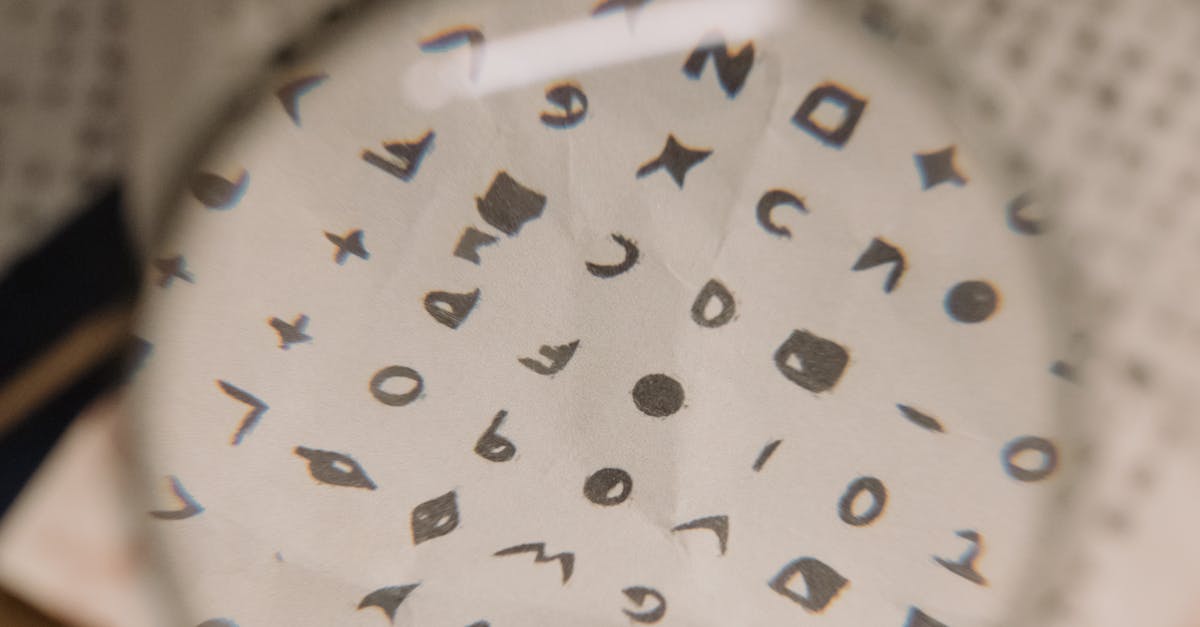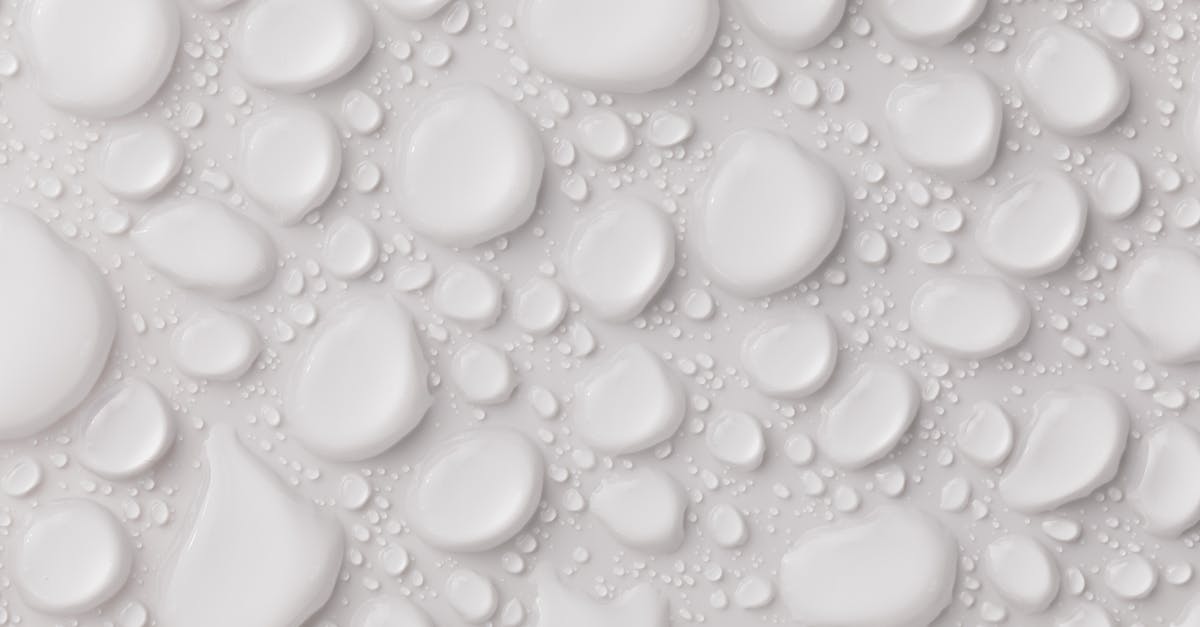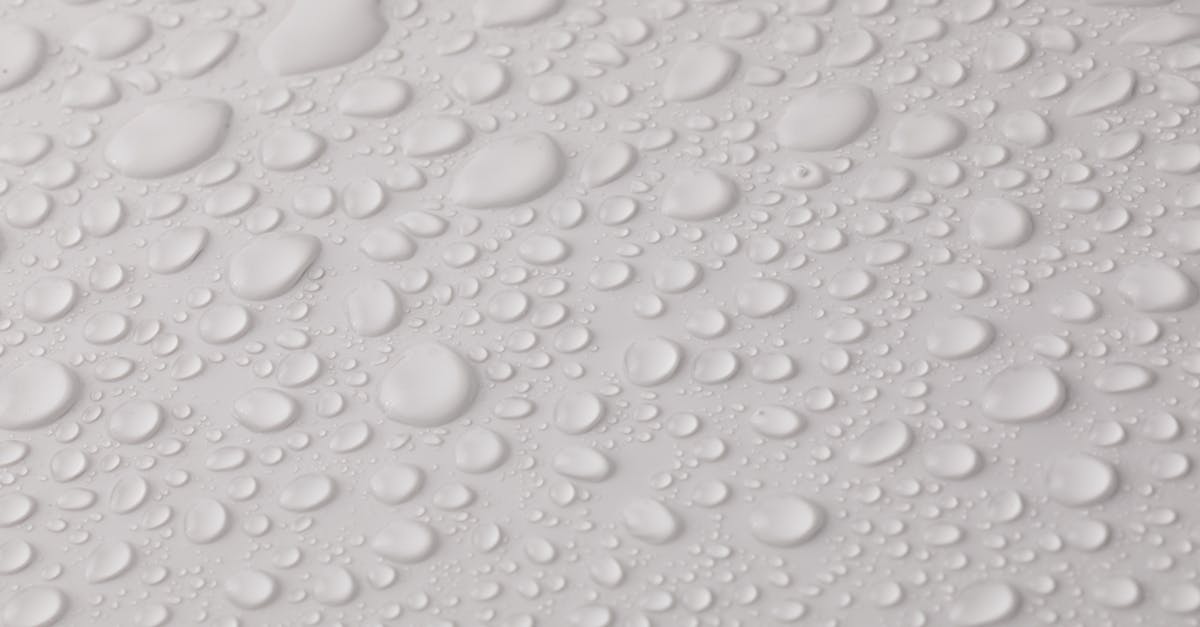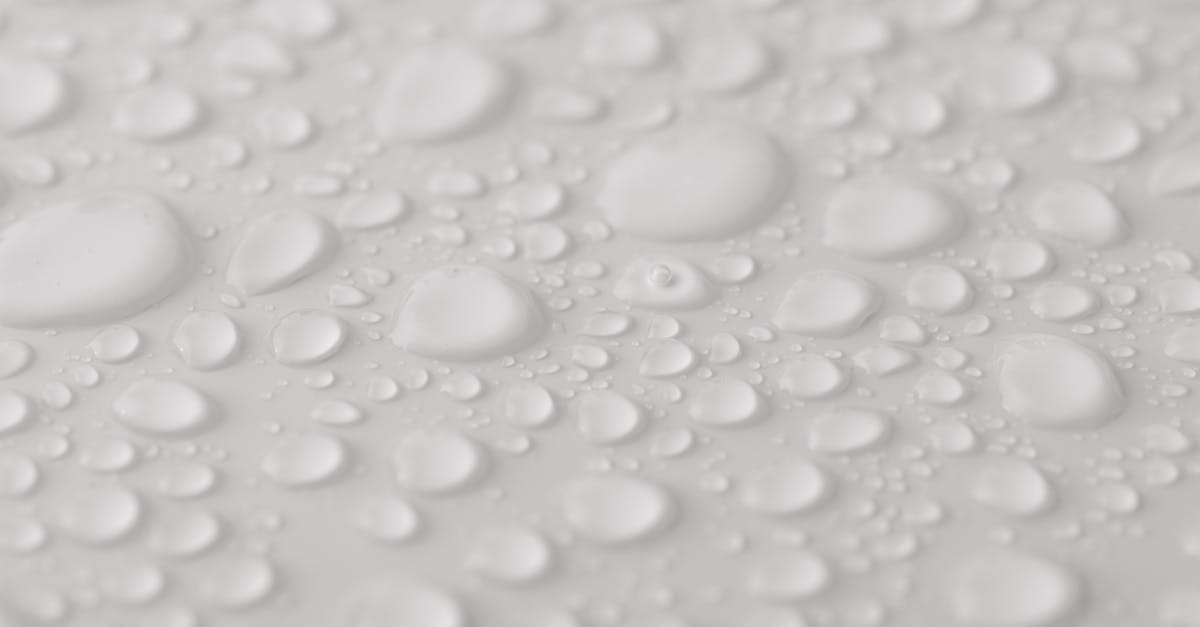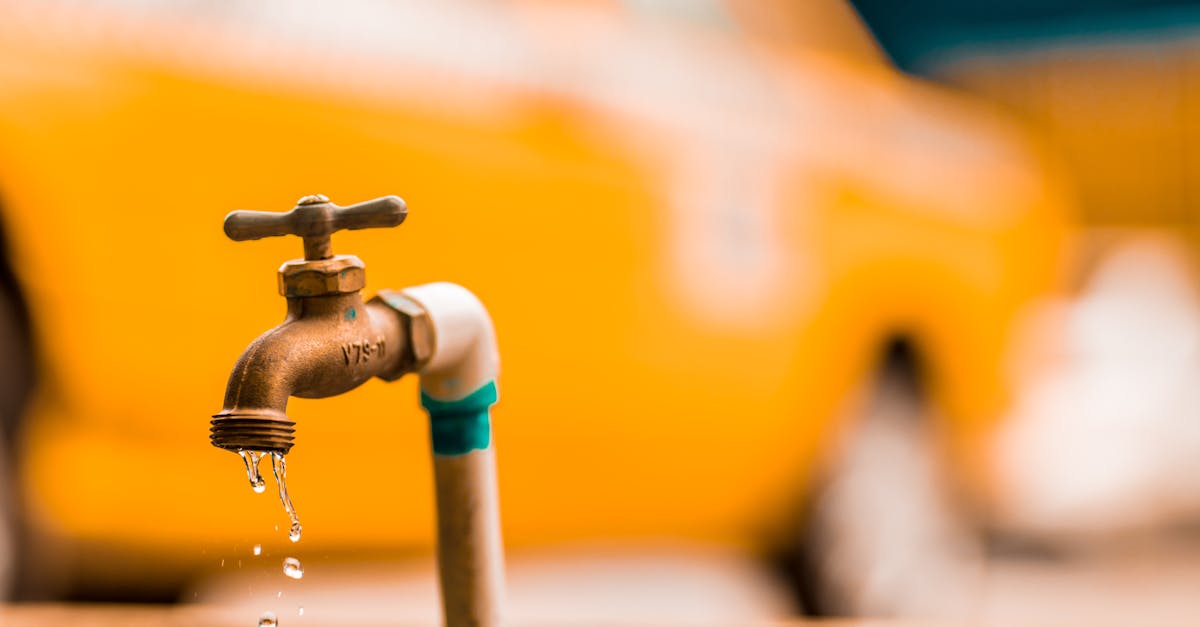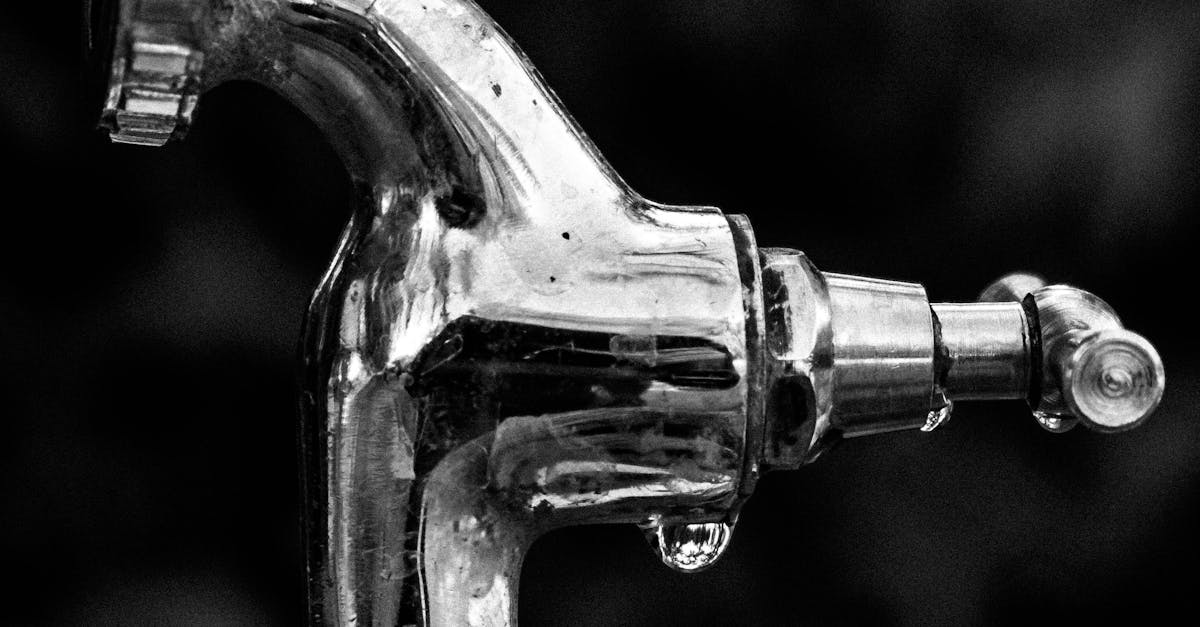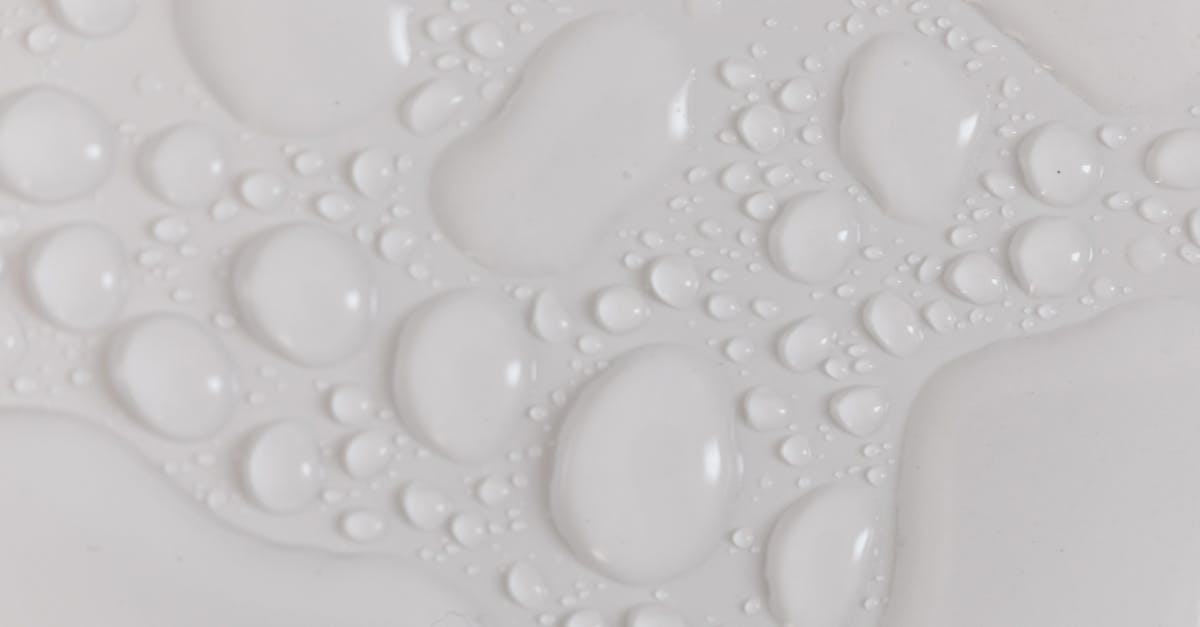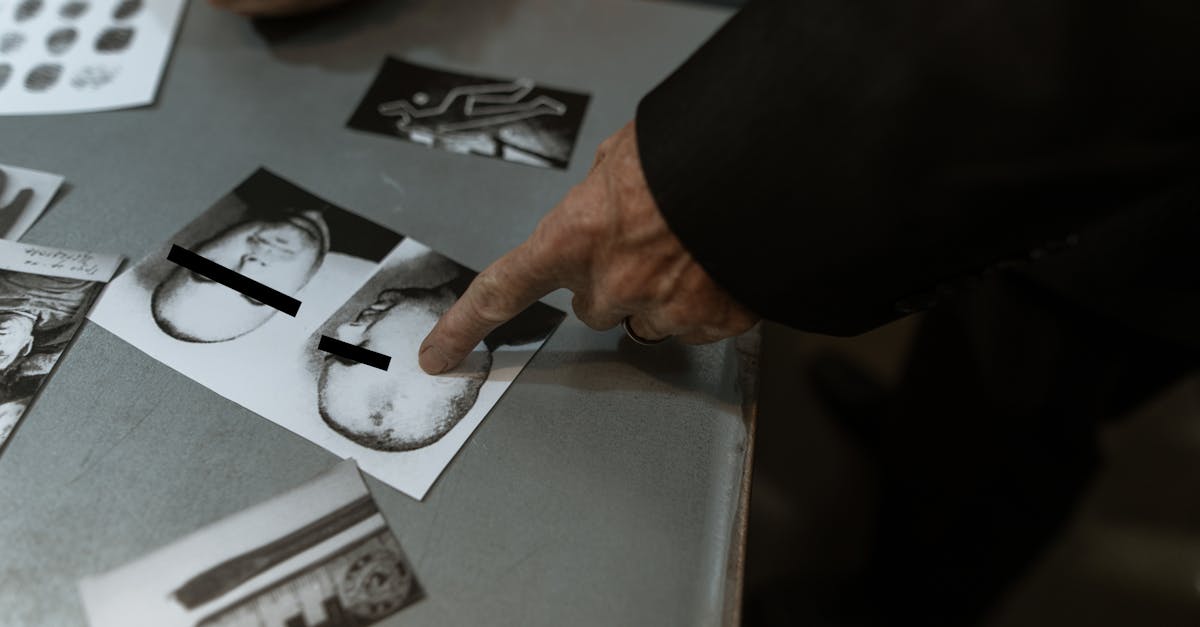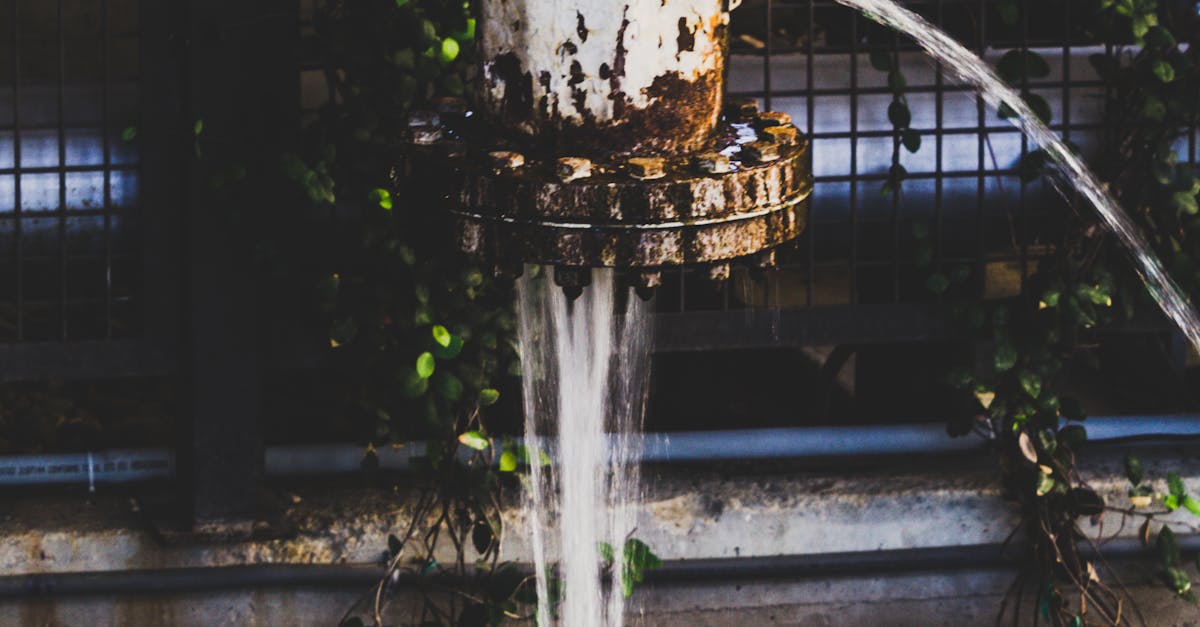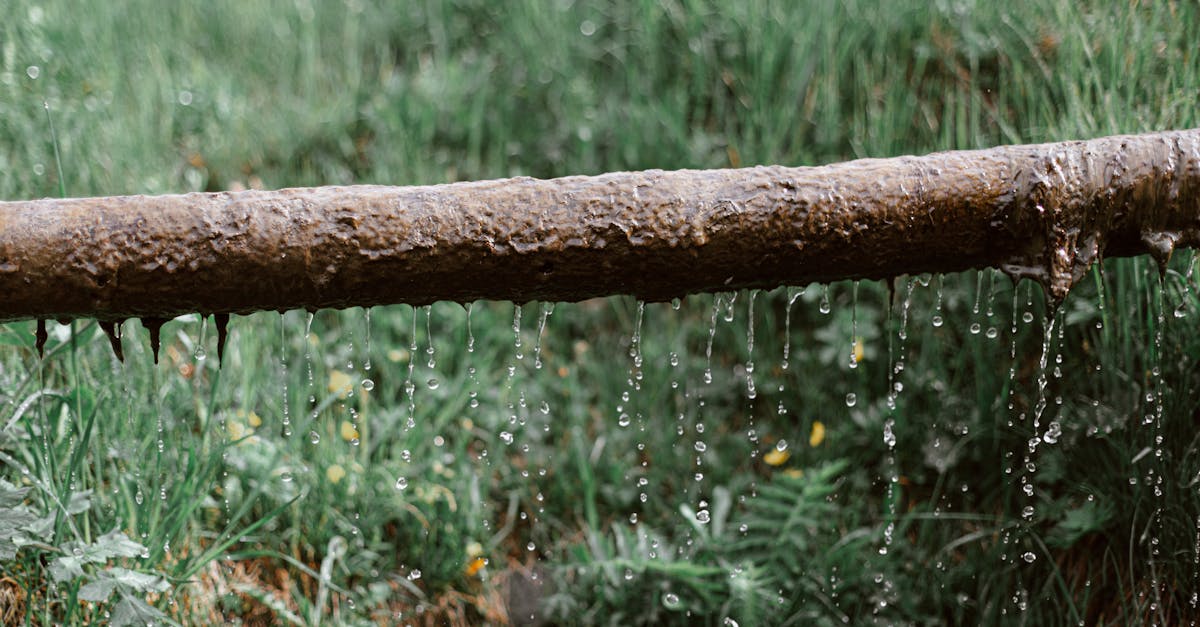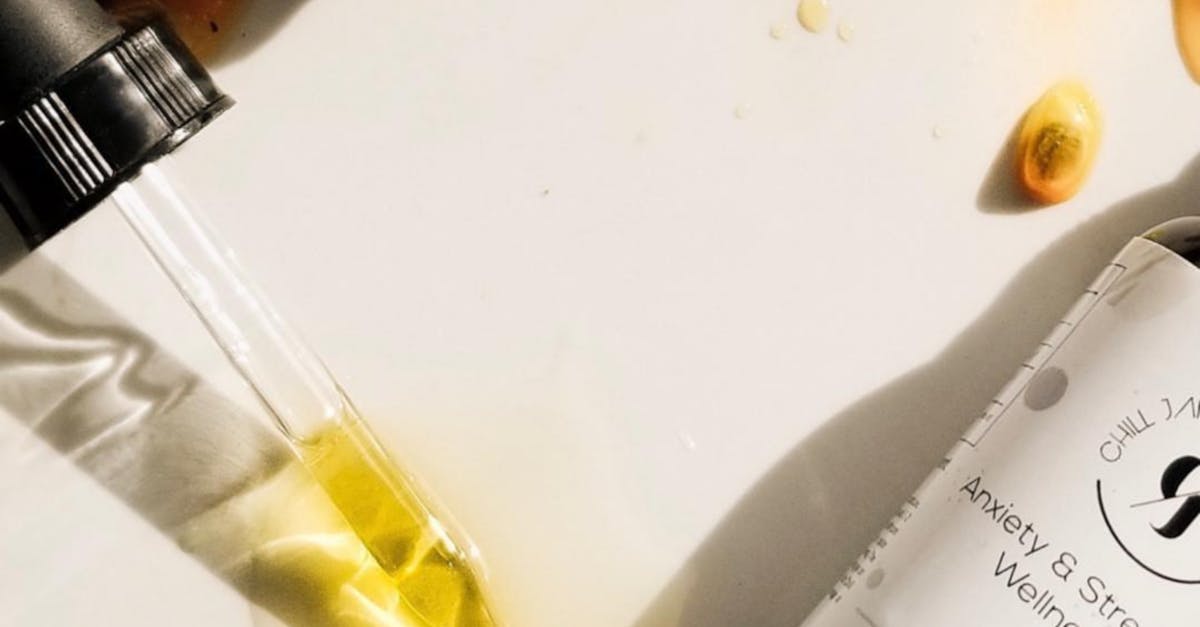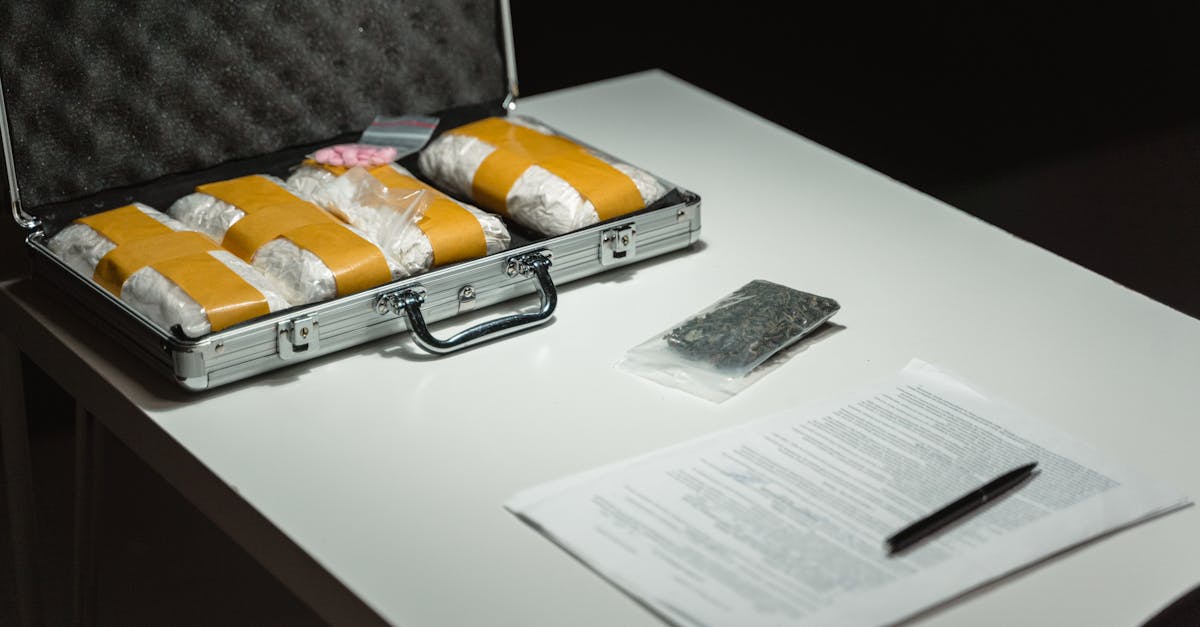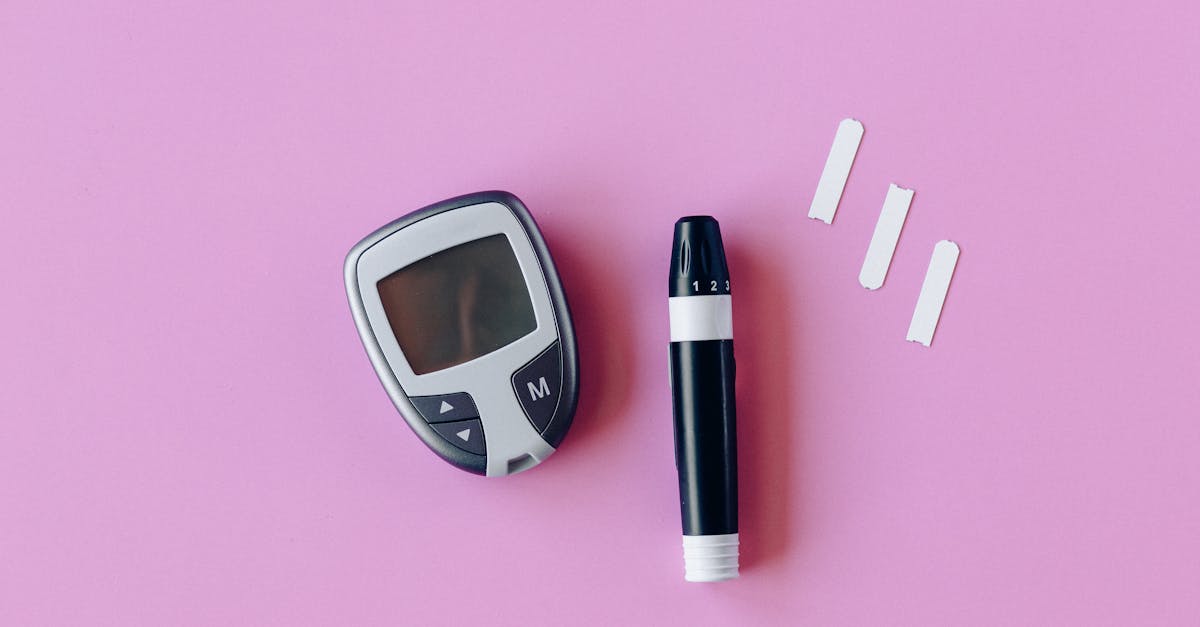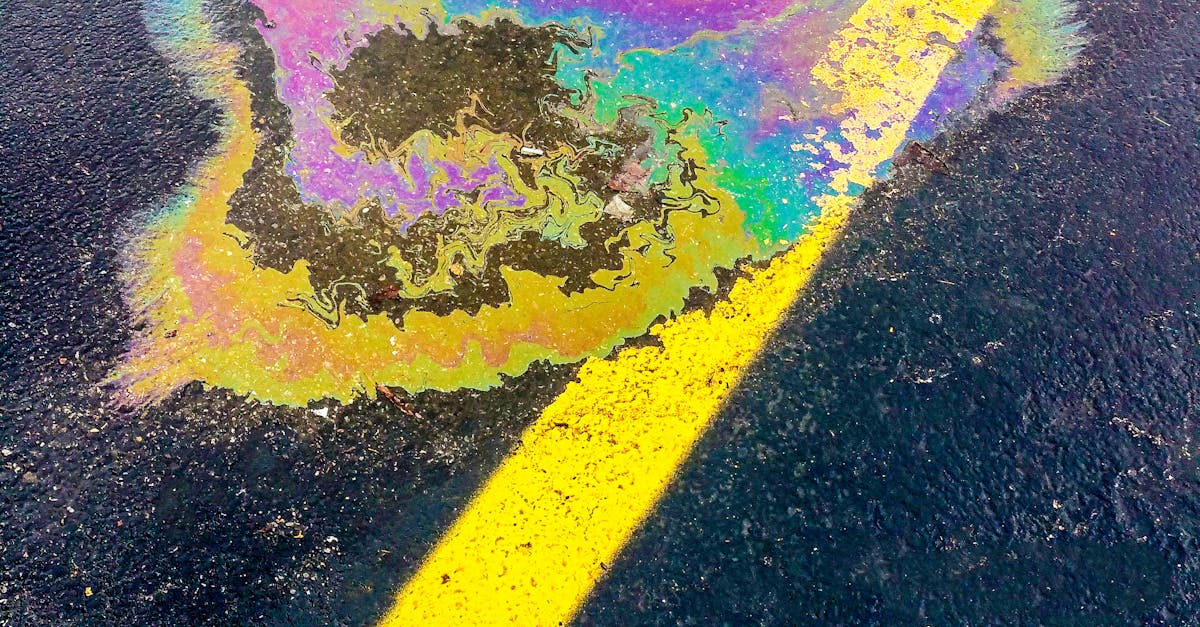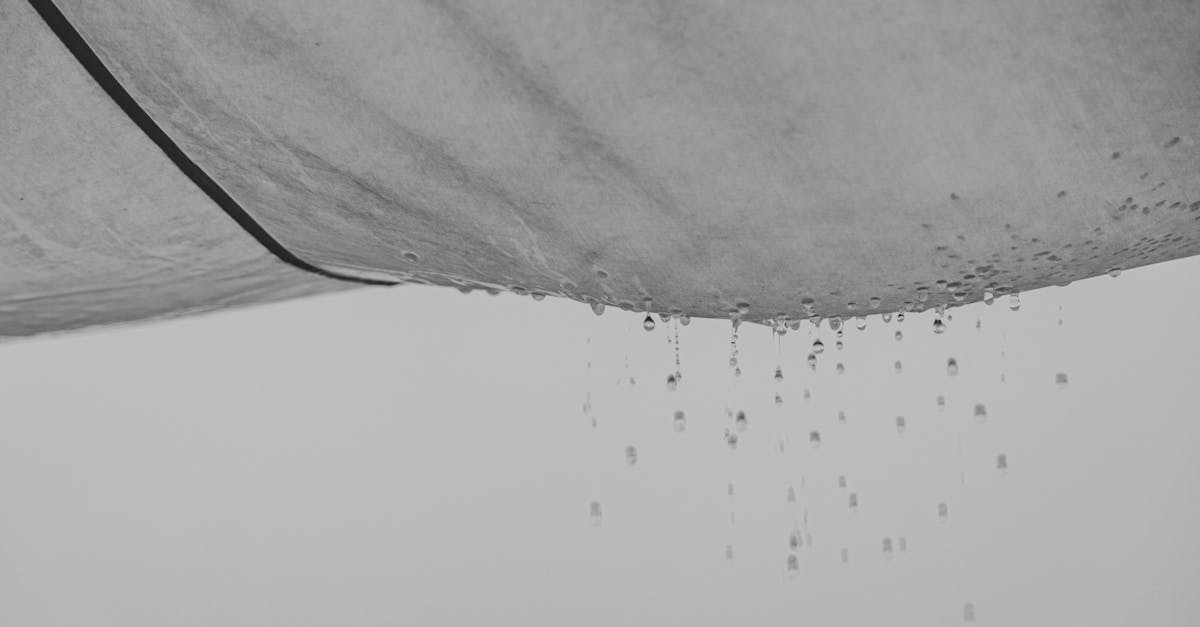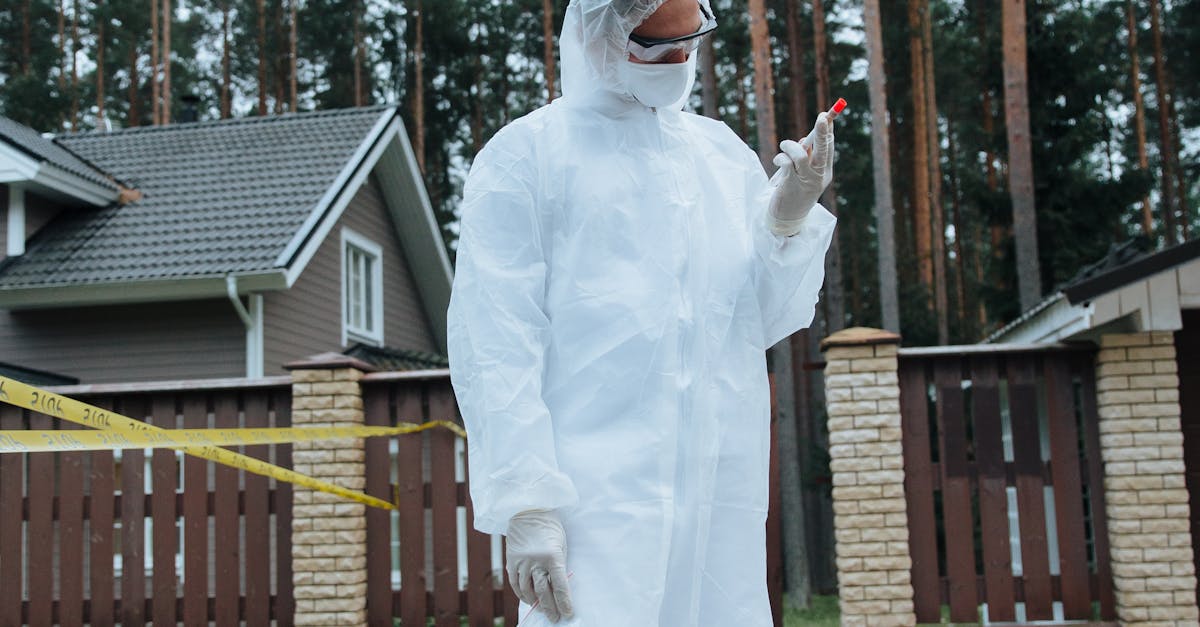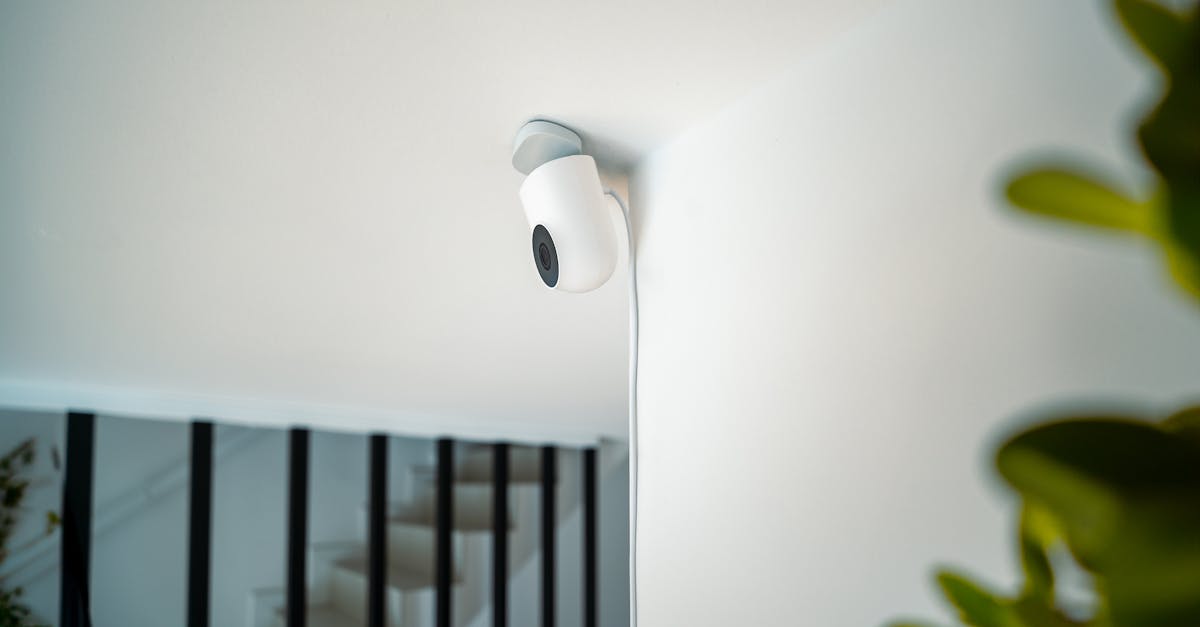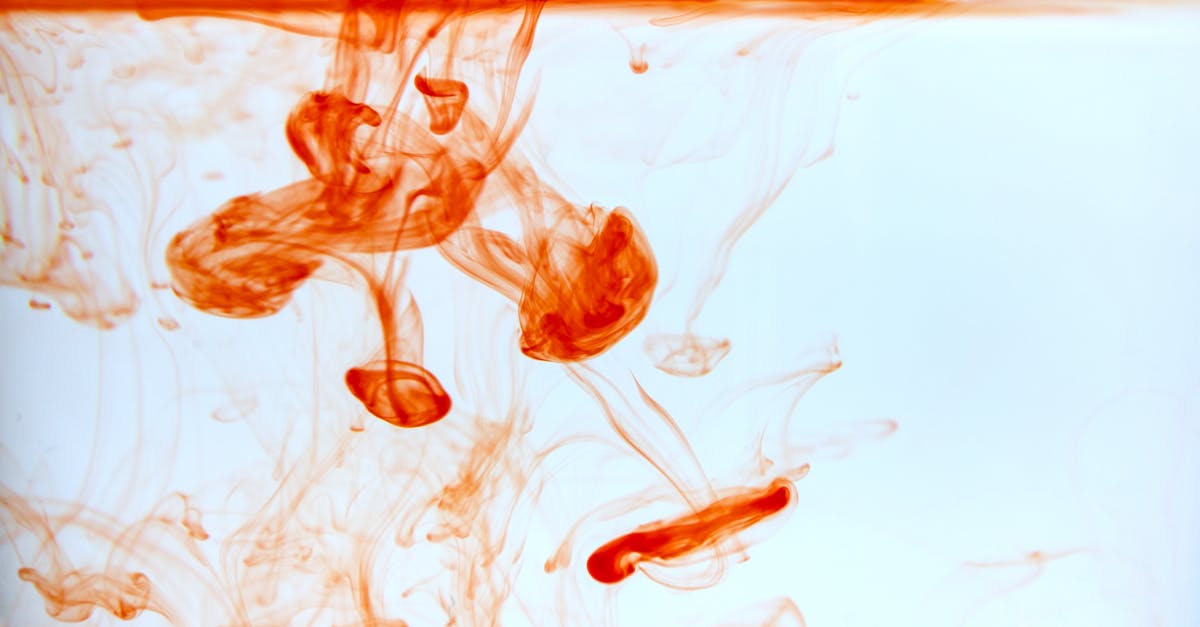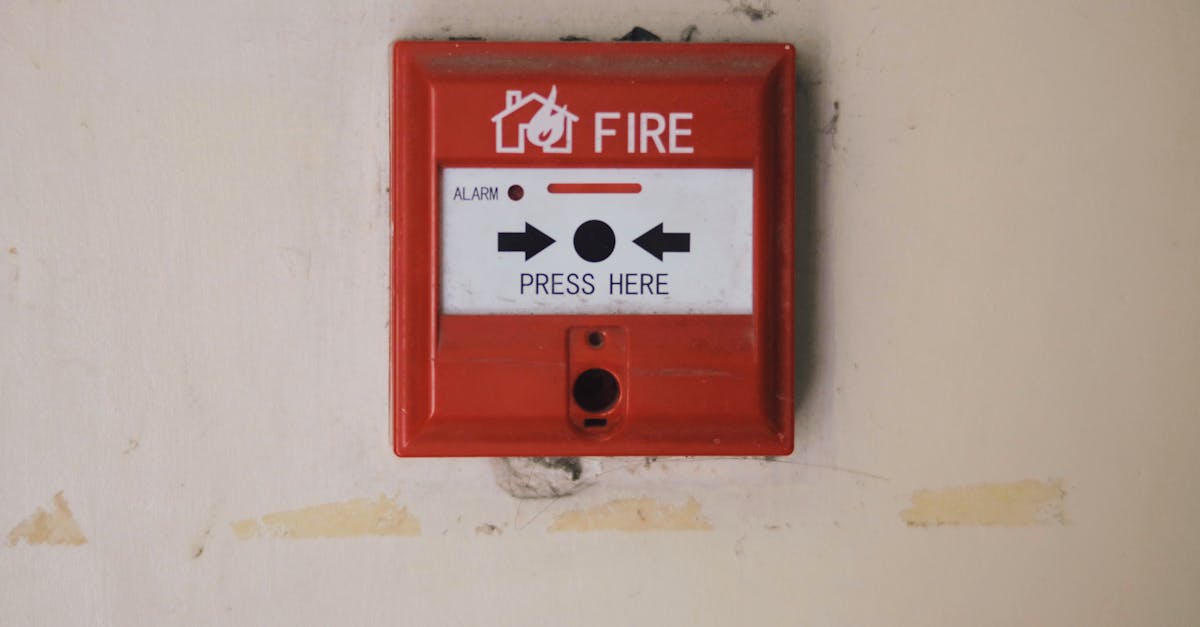
Table Of Contents
The Role of Moisture Meters
Moisture meters are invaluable tools in the quest for leak detection and repair. These devices provide precise measurements of moisture levels in various materials, allowing homeowners and professionals to pinpoint potential sources of leaks. By assessing the amount of moisture in walls, ceilings, and floors, users can identify areas that require further investigation. The use of moisture meters facilitates a targeted approach to leak detection, making the process more efficient and effective.
Different types of moisture meters are available, including pin-type and pinless models. Pin-type meters use metal probes to penetrate materials and measure moisture content directly, while pinless meters offer a non-invasive alternative, using electromagnetic signals to assess moisture levels beneath surfaces. Both types have their advantages and can significantly aid in the identification of leaks. By employing these tools effectively, individuals can minimise damage and ensure timely leak detection and repair.
Tools for Accurate Measurement
Using the right tools is crucial for accurate measurement when identifying leaks within your plumbing system. Moisture meters play a significant role in this process. They can provide instant readings on moisture levels in various materials, helping to pinpoint areas that may suffer from hidden leaks. Additionally, thermal imaging cameras can detect temperature differences in walls and floors, indicating possible dampness and guiding you to the source of the leak. Combining these technologies enhances your ability to conduct effective leak detection and repair.
Another essential tool is a hydrophone, which detects sounds associated with water movement, making it easier to identify leaks in hidden pipes. This is particularly useful in large properties or complex plumbing systems where the source of the leak may not be immediately visible. Pressure gauges can also be employed to monitor the pressure levels in your plumbing. A sudden drop in pressure often points towards a leak, allowing for quicker diagnosis and targeted repairs. Accurate measurement tools are vital in ensuring a thorough approach to leak detection and repair.
Conducting a Pressure Test
A pressure test is a reliable method for identifying hidden leaks within your plumbing system. This process involves pressurising the system with water or air to detect any drop in pressure, which may indicate a leak. Before initiating the test, ensure that all outlets and fixtures are sealed off. Once the system is pressurised, monitor the pressure gauge over a specified period. A significant drop in pressure suggests that there is a leak that needs to be addressed.
After identifying a potential leak, further investigation may be necessary to pinpoint its exact location. Sometimes, this requires sophisticated equipment or professional expertise, especially in more complex plumbing systems. Leak detection and repair are critical to maintaining the health and efficiency of your plumbing. Addressing leaks promptly can prevent costly damage to your property and minimise water wastage.
Steps to Test Your Plumbing System
To test your plumbing system effectively, start by ensuring that all water outlets are turned off. This includes taps, showers, and appliances such as washing machines and dishwashers. Once everything is properly shut off, take a look at your water meter. Record the current reading and wait for a couple of hours without using any water. At the end of this period, compare the new reading to the original. If there's been a drop, it suggests a leak within your plumbing system.
Next, focus on specific areas where leaks are more likely to occur. Inspect visible pipes for any signs of water damage or corrosion. Don't overlook areas under sinks, around toilets, and near the water heater as these are common leak points. If you suspect a leak but can't find the source, skilled professionals can assist with leak detection and repair. Conducting these checks can save you time and money in the long run, helping to maintain the integrity of your plumbing system.
Engaging Professional Help
When dealing with persistent leaks that prove difficult to locate, engaging a professional can be indispensable. Experts in leak detection and repair possess the necessary training and experience to pinpoint the source effectively. They utilise advanced tools such as thermal imaging cameras and acoustic devices, which can detect water movement that is often undetectable through standard inspection methods. Their specialised knowledge ensures that the root cause is identified, minimising potential damage to your property.
Choosing to call in a professional should be considered especially when there are signs of significant water damage or when the leak is hidden within walls or underground. A qualified plumber can accurately assess the situation and provide solutions tailored to your specific needs. This not only saves time but also protects your home from the long-term effects of unresolved leaks, reinforcing the importance of timely and professional intervention.
When to Call a Plumber
Recognising when to call a plumber is crucial for effective leak detection and repair. If you’ve tried various methods to locate a leak without success, it may be time to seek professional assistance. Experienced plumbers possess the tools required to identify hidden leaks quickly, reducing potential damage to your property. They can use advanced technology such as thermal imaging and acoustic listening devices to pinpoint issues that may not be apparent to the untrained eye.
If you notice persistent water stains, musty smells, or increased water bills, these could signal a significant plumbing problem. Delaying professional help in such cases can lead to more extensive damage and costly repairs down the track. Engaging a plumber allows for a thorough assessment of your plumbing system, ensuring any leaks are addressed efficiently and effectively. Prioritising leak detection and repair through professional services can ultimately protect your home from further deterioration.
FAQS
What are moisture meters and how do they help in finding leaks?
Moisture meters are tools that measure the moisture content in materials. They can help identify areas of excessive moisture, indicating potential leak locations.
What tools do I need for accurate leak measurement?
Common tools for measuring leaks include moisture meters, pressure gauges, infrared cameras, and acoustic leak detectors. Each tool serves a specific purpose in identifying and diagnosing leaks.
How do I conduct a pressure test on my plumbing system?
To conduct a pressure test, you'll need to isolate the plumbing system, attach a pressure gauge, and pressurise the system with water. Monitor the pressure levels to identify any drops, which may indicate a leak.
When should I consider calling a plumber for a leak?
You should consider calling a plumber if you cannot locate the source of the leak after using basic tools, if the leak is substantial, or if it requires specialised knowledge or equipment to address.
Can I fix a leak on my own, or is it better to hire a professional?
Minor leaks can often be repaired by a homeowner with basic tools and knowledge. However, for complex issues or if you're unsure, it’s usually best to engage a professional plumber.

